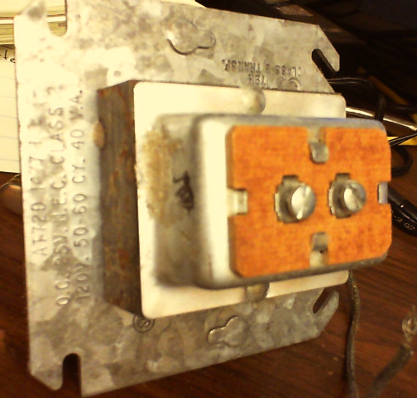No. The NEC requires a distinct separation of low voltage wiring and high voltage wiring, so you cannot have any part of the low voltage wires or the transformer itself inside the electrical panel.
National Electrical Code 2014
725.136(A) General. Cables and conductors of Class 2 and Class 3 circuits shall not be placed in any cable, cable tray, compartment, enclosure, manhole, outlet box, device box, raceway, or similar fitting with conductors of electric light, power, Class 1, non-power-limited fire alarm circuits, and medium power network-powered broadband communications circuits unless permitted by 725.136(B) through (I).
If it's a proper doorbell transformer, then it will include safety features internally to protect it from overcurrent and overheat conditions, and it will include a fitting on the primary (household voltage) side that allows it to be properly installed into a knockout on an AC electrical box. It is permitted to use a knockout on the electrical panel itself for this purpose, as long as the transformer and all low voltage wiring are outside the electrical box or panel.




